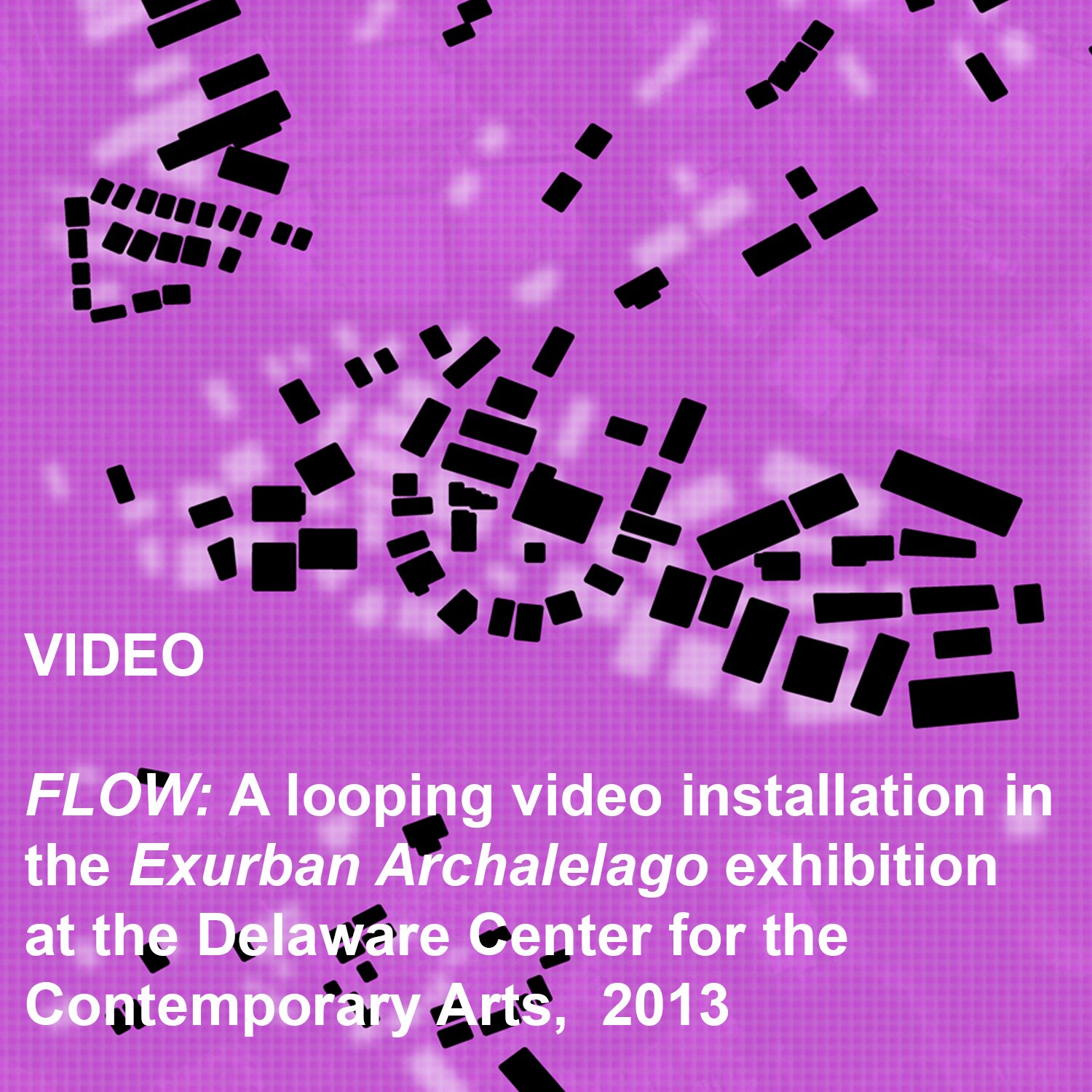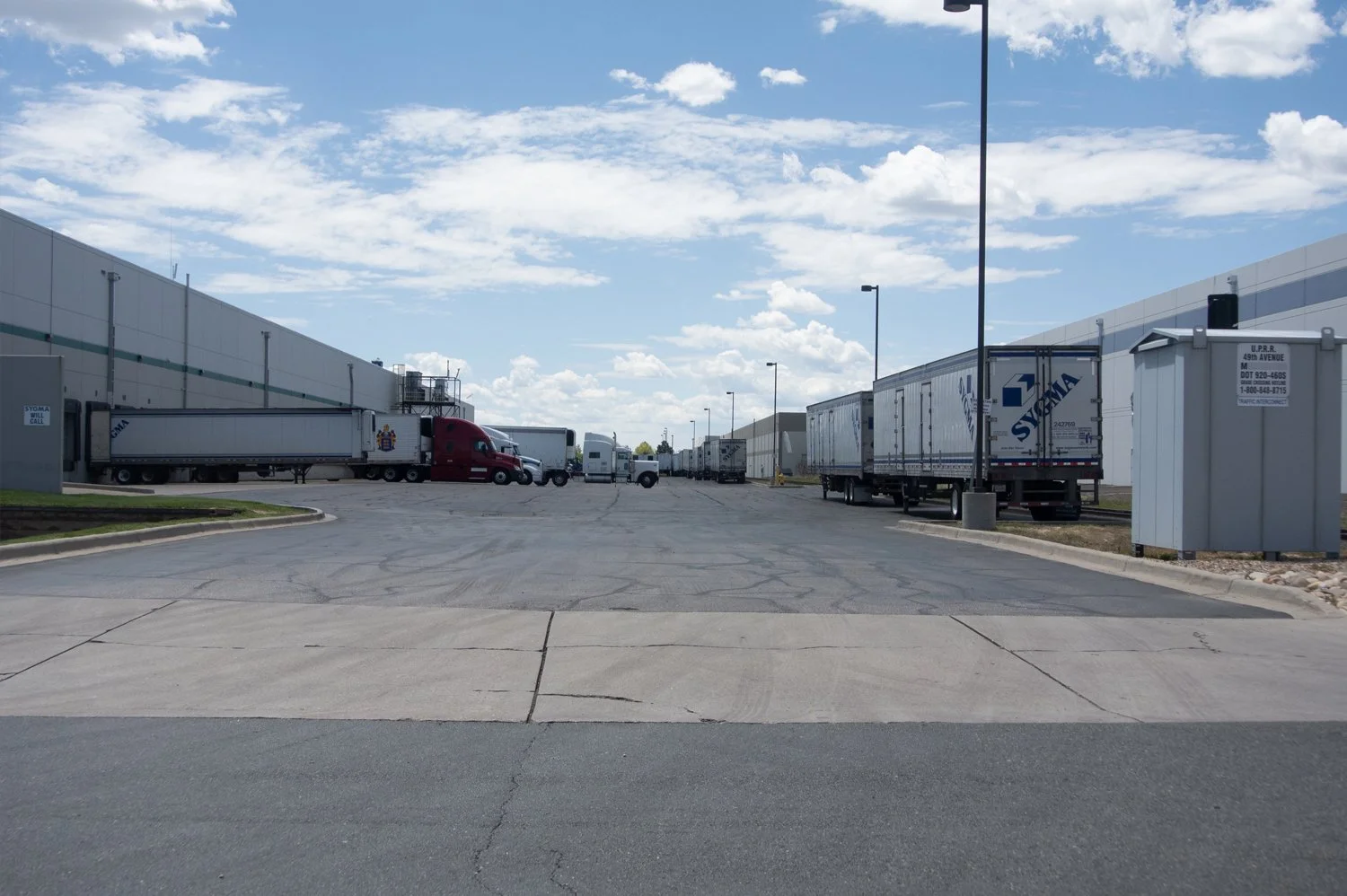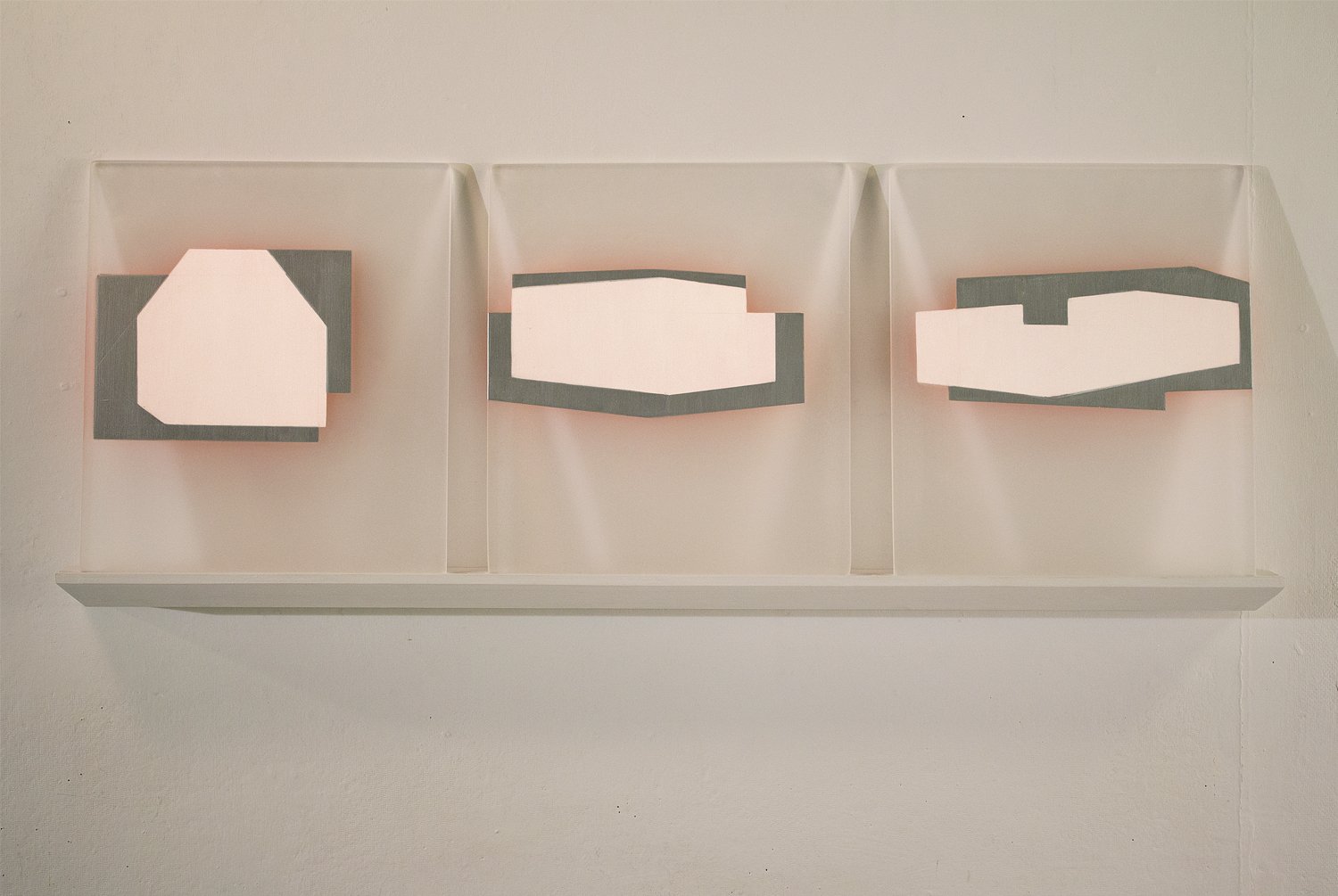EXURBAN ARCHIPELAGO PROJECT
The Exurban Archipelago Project is an ongoing investigation of the interconnections of the built environment and spatial experience. It began in 2010, and over the succeeding years has evolved in a wide range of media, including painting, video, murals, photography, digital media, and even a gigantic game board.
Underlying the project is an implicit claim that whole new kinds of space—and consequently, whole new experiences of space—are steadily emerging across vast tracts of formerly rural countryside that once lay between the larger metropolitan areas.
I have focused on exurbia, a term coined back in the mid fifties, that for me names a patchwork of engineered spaces organized according to an entirely different spatial logic than that of the more familiar urban/suburban nexuses. The critical difference can be summed up diagrammatically as that between the older hub and spoke schematic and the exurban node and network. The traditional suburbs remain largely oriented towards the city centers from which they originally sprang, and thus we intuitively map these areas as so many peripheries radiating out from their centers. Exurbia, on the other hand, operates beyond the gravitational pull of the cities and is instead arranged pell-mell and discontinuously along the outlying expressways. Its larger concentrations of development—its corporate centers, shopping malls, residential developments and so on—are mostly clustered around prominent intersections along the extensive network of crisscrossing expressways.
The project focuses primarily on just one signature building type that proliferates across these regions, variously called distribution, logistics, or fulfillment centers. These are the massive, boxlike structures often within view of the major expressways. Mostly windowless save perhaps for one corner dedicated to office work, their most salient feature is the ring of loading docks that often wraps around multiple sides.
Among other things I am drawn to the shear scale of these buildings, which adds to their spectral-like presence on the landscape. But more than anything, the Exurban Archipelago Project explores the rigorous geometries of these imposing architectural forms and how they affect our experiences of the “floating” spaces of this postindustrial landscape.
View fullsize
![]()

View fullsize
![]()

View fullsize
![]()







































































